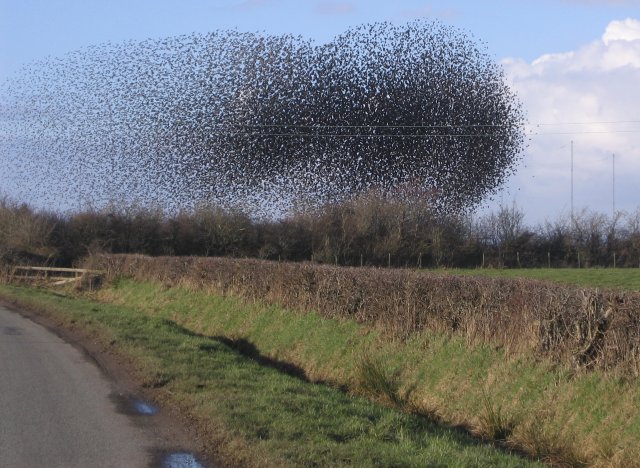Animal Behavior
|
Essential Question: How do feral cats work together and as individuals to ensure their survival?
Learning Objective: I can evaluate the claims of an argument regarding the effects of specie group behaviors. Standards addressed: HS-LS2-8. Evaluate the evidence for the role of group behavior on individual and species’ chances to survive and reproduce. |
